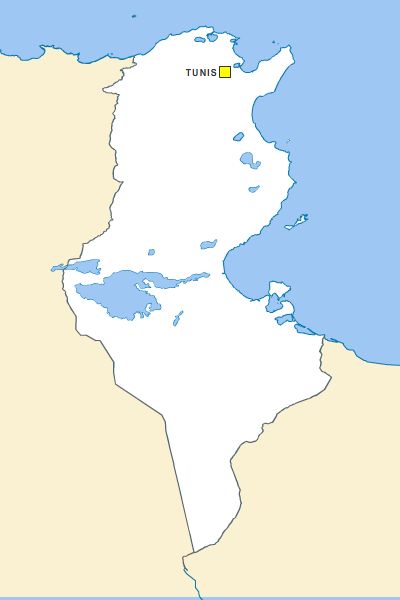
First, svgink skips converting SVG files that are older than the corresponding PDF/PNG file (similar to make). InkscapeBatch ConversionSVG is a GUI that send command line to Inkscape to export in batch SVG to PNG, PS, PDF or EPS. export-ignore-filters Export filtered objects (e. Is there any way to do this? command-line software-recommendation pdf graphics Share. Batch converter for windows using inkscape and the command line. eps EDIT2: Actually, you might need to use SVG input for inkscape export on the command-line I'll look into this a bit more. Open an SVG file in the GUI: inkscape filename. Afterwards, you can use imagemagick (command convert) to crop the upper and lower parts of the image independently into two different pdf files. To do so, do File ‣ Save a Copy, and select Portable Document Format (*. It all Each command in shell mode must be a complete valid Inkscape command line but without the Inkscape program name, for example "file. Either way, I hope this helps you out somewhere down the road.Inkscape pdf to svg command line. You could also pick your favorite font and add some of the important street names back in. This was certainly an interesting use of Inkscape’s features, but we ended up with a clean, useable map vector! This method will be especially useful for printing, because a raster of a street map would most likely come out blurry and undefined. Select the rounded square and the map, then head up to Object > Clip > Set.įinally, you can do something like adding a border and a map pin. Now I just drew a rounded square using the Rectangle tool to use as a clipping shape. First, select the whole map and Object > Group. Now that the purple lines and text are all gone, we can tighten this up a bit to make it usable in a project. Select one of them and head up to Edit > Select Same > Fill and Stroke, then press Delete. It may look like all of the text is gone, but a little zooming will reveal these nasty white text outlines.

Bam! A whole megabyte of symbols gone! Make sure to save before you close out. We don’t need any of it, so I just shift+clicked from the and again to the and hit Delete. Thankfully, Brackets has the ability to collapse this whole group, because there’s some 10,000+ lines of it. Below, I’m using Brackets to find the start of the symbols group (around line 50). The best way I’ve found to remove all of these at once is to open the SVG in a text/html editor and remove the symbols group manually.

It looks like uses an absolute ton of symbols for the text, which makes the SVG file gigantic. With that part cleaned up, I was wondering if somebody would possibly want to remove all of these street names (they do look pretty dingy). Now we can just hit Delete (what a cool feature, by the way.) First, select one of these purple lines and head up to Edit > Select Same > Stroke Color which will select all of them.


 0 kommentar(er)
0 kommentar(er)
